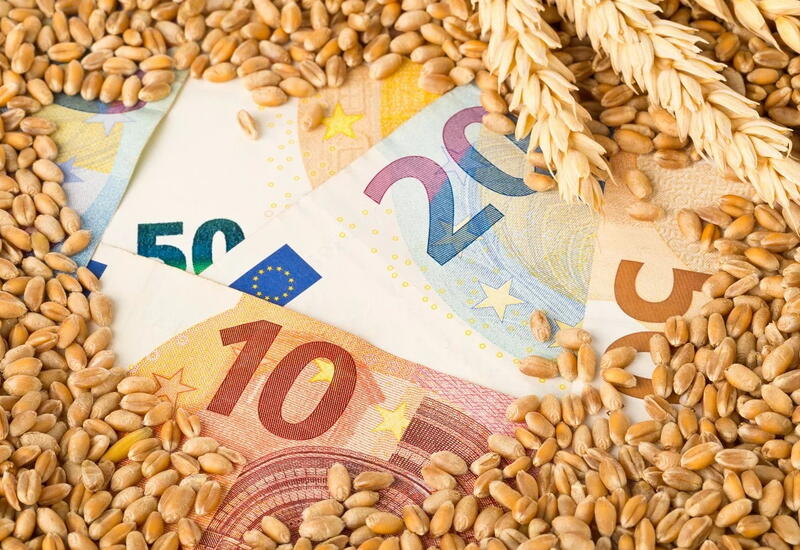EU wheat prices fall to four-month low

Traders said wheat on Euronext fell for a third straight day on Wednesday to its lowest level in four months as competition from cheaper supplies from the Black Sea outweighed disappointing crop results in western Europe.
Wheat futures for December delivery on Euronext fell 1.3 percent to 219.50 euros ($241.85) a tonne.
Earlier, the contract fell to its lowest level since late March at 219.25 euros, breaking a support level on the chart at 220 euros.
September futures fell further, closing 2.1% below €206.25 after also hitting its lowest since March at €205.50.
The near-month position was marked by adjustments ahead of the expiration of contract options on Thursday.
In France, where farmers are harvesting the most modest crop since the 1980s after months of heavy rains, wheat quality has been mixed, especially on a natural weight basis, agricultural authority FranceAgriMer said on Wednesday.
Traders said despite a shrinking export surplus, France still needs to find overseas demand, and the uneven quality could force suppliers to sell it cheaper.
“France needs to find a market for the crop of the quality we have,” a futures dealer said. “There were exports in July relying on old crop stocks, but we need a second wind.”
A slow start to the EU wheat export season and early imports of wheat and corn from Ukraine contributed to the bearish sentiment.
Traders kept an eye on direct negotiations between Egypt and suppliers. Black Sea origin, including Russian wheat, was seen as a point of contention as Egypt seeks to add to the 280,000 tons of Black Sea wheat it bought in a tender on Monday.
Russian wheat with 11.5% protein content for delivery via the Black Sea in August/September was priced around $212-215 per ton FOB on Wednesday, while Russian wheat with 12.5% protein content was priced around $218-222 per ton FOB.
The delayed wheat harvest in Germany due to rain is expected to end this week; work is also being finalized in Poland.
“Yields in Poland could be 10-15% lower than last year,” said one Polish trader. “Polish wheat quality is generally good, but the percentage of feed wheat is likely to be higher than expected.”
Polish wheat with a protein content of 12.5% with August/September delivery to ports fell 20 zloty in a week to about 900 zloty (209.9 euros) a tonne due to weak export demand.
Activity in Poland was low, with farmers reluctant to sell and exports slowing, the trader added, estimating new season wheat exports by July 24 at 181,000 tons, just a third of last year’s level.
Read also
Wheat in Southern Brazil Impacted by Dry Weather and Frosts
Oilseed Industry. Leaders and Strategies in the Times of a Great Change
Black Sea & Danube Region: Oilseed and Vegoil Markets Within Ongoing Transfor...
Serbia. The drought will cause extremely high losses for farmers this year
2023/24 Safrinha Corn in Brazil 91% Harvested
Write to us
Our manager will contact you soon



